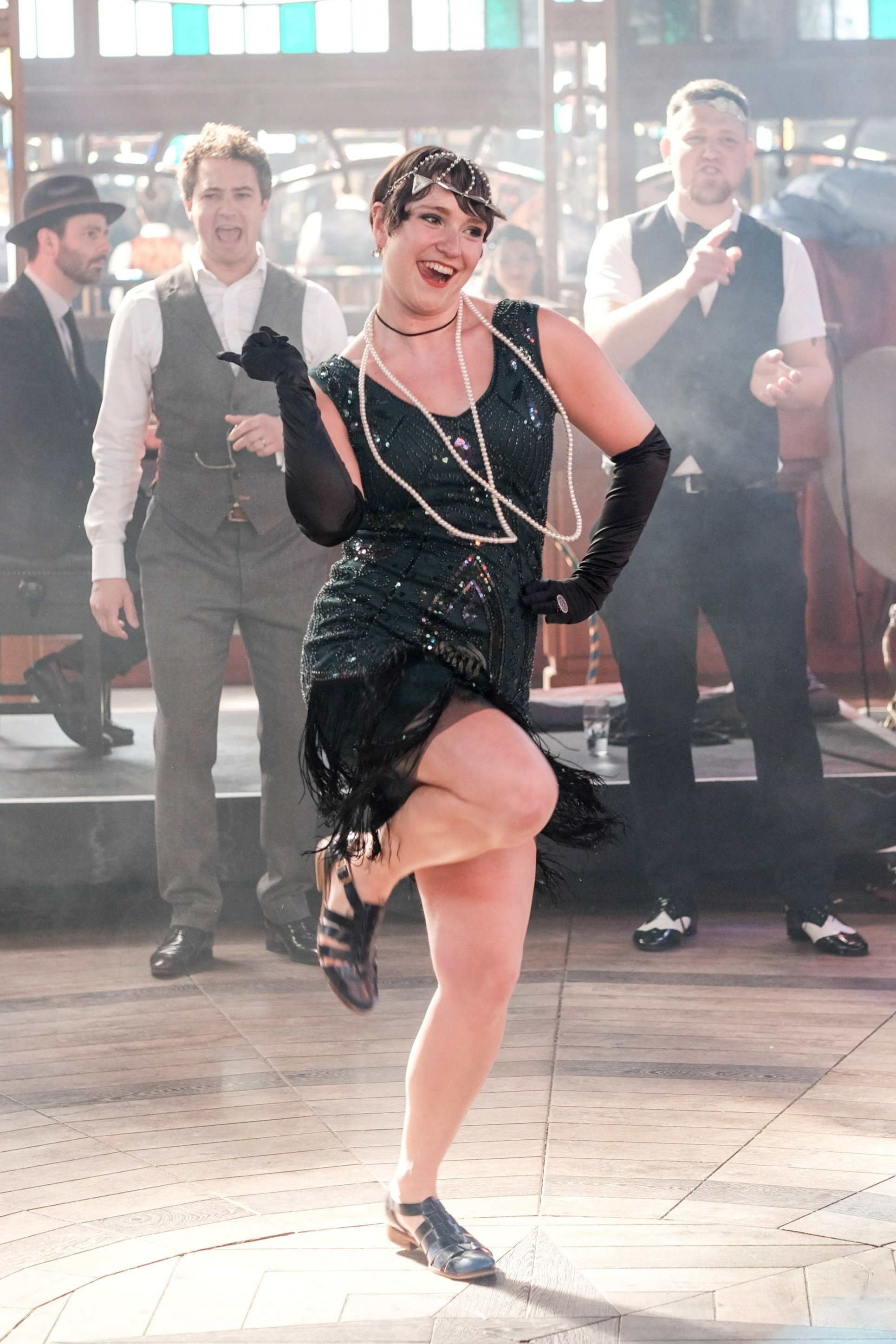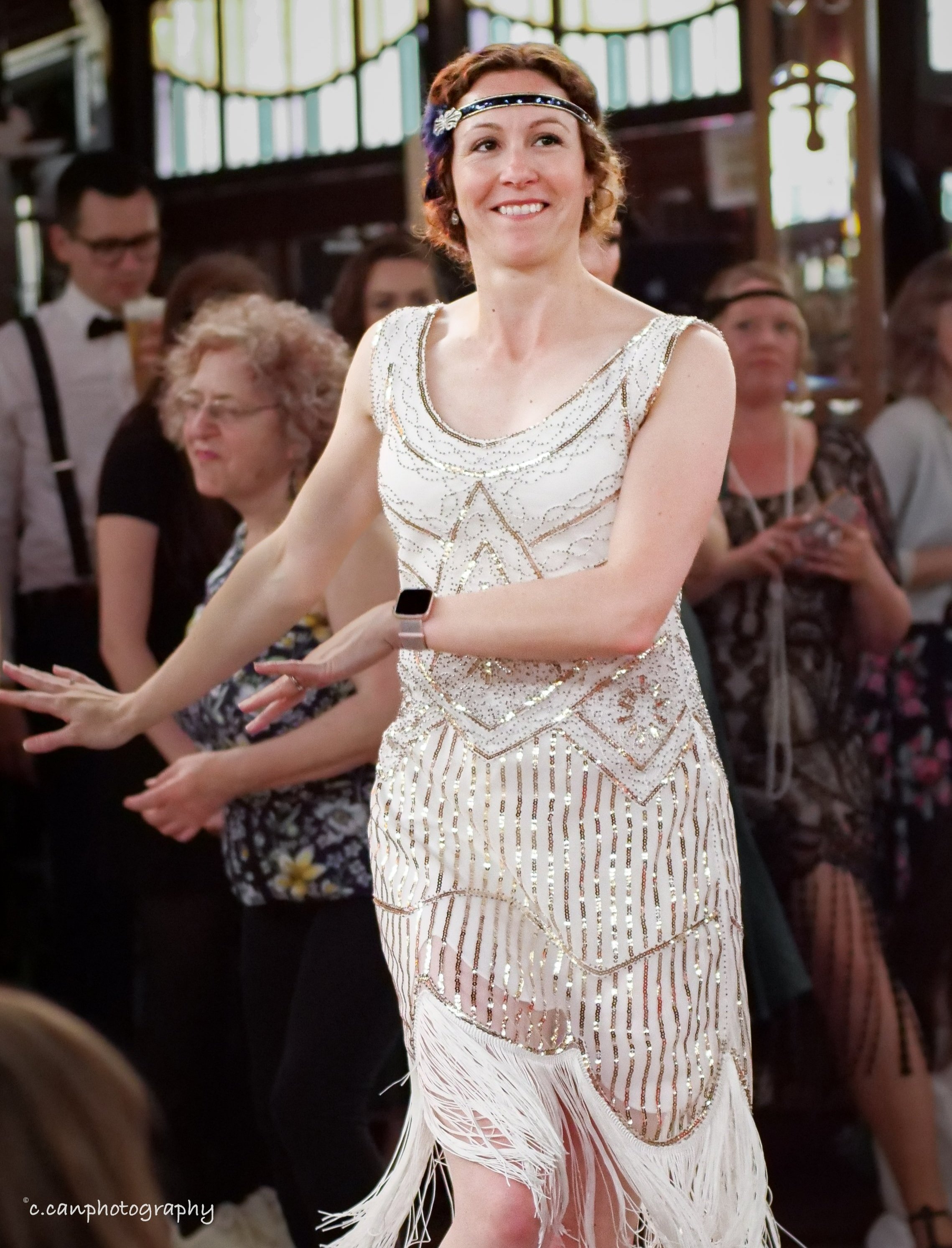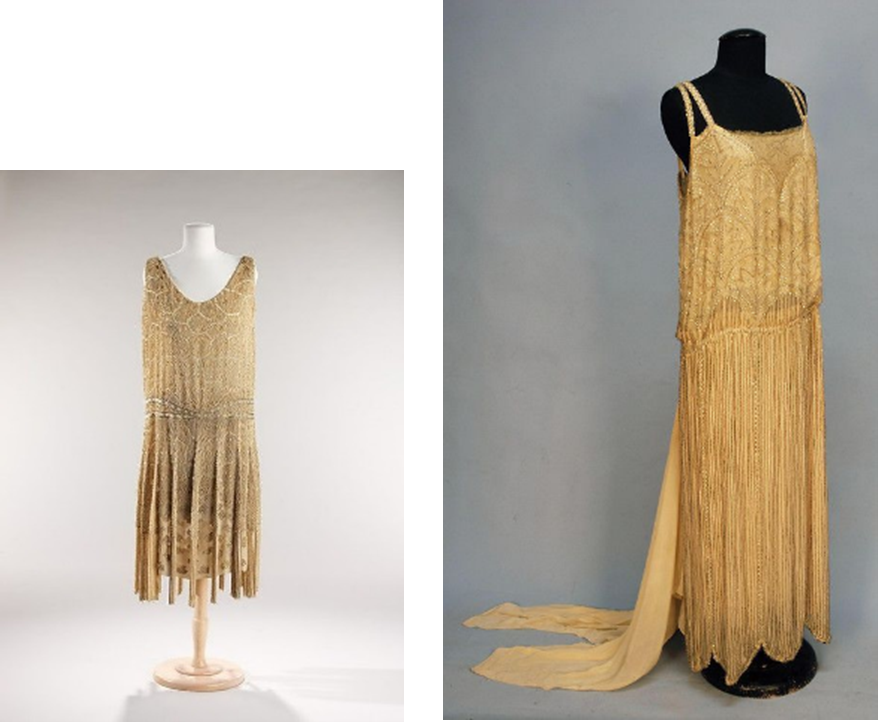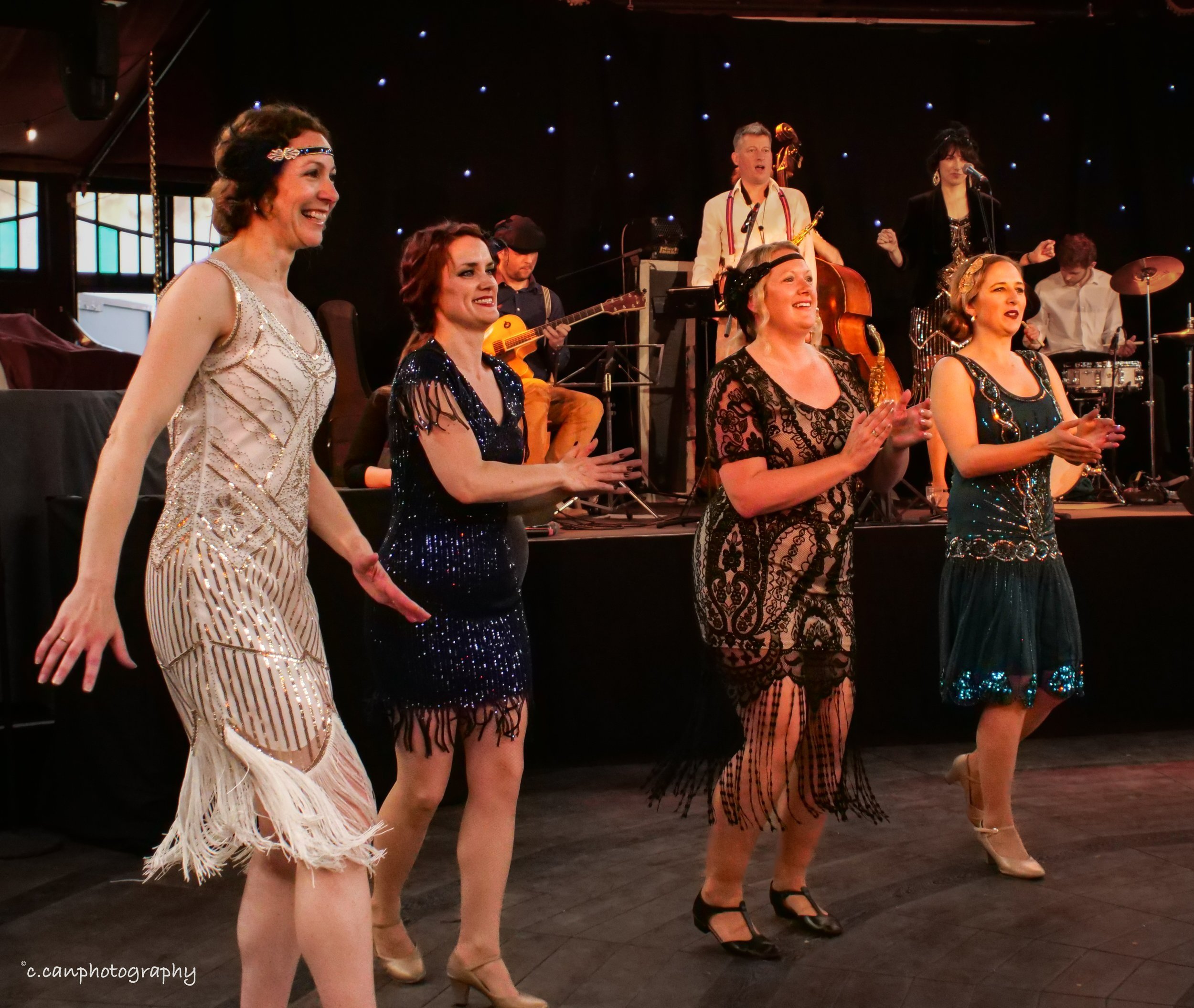The 20s Flapper Dress - The scandalous dress that empowered women
There have been many iconic styles of fashion throughout the decades in history. We have all heard of Dame Barbara ‘Mary Quant’ and her 1966 creation of the mini skirt and Regency Ballgowns from Jane Austen’s novels. However, there is one piece of clothing that often gets forgotten about amidst the millions of other styles. An outfit so revolutionary it went down in history and became a staple piece in every woman’s wardrobe for over 10 years.
Yes, you guessed it! We can be talking about none other than the 1920s Flapper Dress…
As we are returning once again to the ‘20s, fashion from the decade has made quite the come back with more and more people falling in love with the whole style and vibe. So, let’s find out why this dress is so iconic…
What is a Flapper Dress and why is it widely recognised?
During the turn of the century, fashion was changing as women were gradually moving away from the suffocating corsets and stiff, long skirting in favour of a style which enhanced their figures as opposed to restricting them. The Flapper Dress ignited this change as it is relatively simple in terms of style and came to just below the knee in length (scandalously short for the time).
The silhouette in the 1920s was known as, ‘la garçonne’ which illustrated the youthful figure which was desired by many women throughout the ‘20s. Suddenly, women’s fashion was not about maintaining high levels of, ‘modesty’ and instead it became about empowering women to take control and physically break free from the societal constraints and pressures to conform to the rules of the ‘traditional woman’ in an attempt to abolish the idea that they should dress for their husbands.
The Development of The Flapper Dress Throughout the Decade:
Dressing up was once a restrictive activity and one that richer women in society were permitted to participate in. This was due to the overly expensive and Avant Garde embellishments that were added to many outfits and accessories. However, the 1920s made the act of dressing up more accessible as the Flapper Dress could easily be made at home, thanks to its simple structure and the eradication of the corset.
During the early years of the 1920s, the concept of the ‘Flapper Dress’ was beginning to form. This led to women being viewed as reckless as they drank, smoked, and danced the decade away. With waistlines dropping below the hip and hemlines slowly creeping up to above the knee, by 1925, the previous Victorian style of dress had been forgotten about and short, simple Flapper Dresses were the new, notable look. However, by the end of the decade, the idea of shorter hemlines crashed, as did Wall Street, and the fashion industry decided to return to the glamorous and curvaceous silhouette in the early 1930s.
What makes a Flapper dress
There are many specific characteristics that define a Flapper Dress and make it so recognisable- even today! They generally hang straight down the body with an uneven split hem, were sleeveless and most importantly were made out of light, loose fabrics. This not only allowed for dances such as The Charleston to be danced with ease, but it also revitalised body confidence in women.
For added pizzazz and glamour, many adorned their dresses with beading or sequins sewn into intricate designs as well as wore accessories such as pearls, feathers, and facemasks.
Famous Flapper Dresses
Like many other vintage eras throughout history, the 1920s was no different when it came to showcasing the iconic fashion that was prevalent during this time. The well-known designer Edward Molyneux was among the many to create a dress so ‘flapper-tastic’ that it went down as one of the most iconic in history. Molyneux was an extremely prestigious fashion designer throughout the decade. He created many elegant evening-wear Flapper Dresses that became a popular choice in elite social circles, even becoming first choice with many actresses and stage performers; including Greta Garbo. His imaginative creations were among the first to incorporate unconventional patterns using crystals or beading as well as experimenting with ostrich feathers and comically shaped buttons. His extravagant designs led him to open multiple fashion houses throughout Paris where he became a style trendsetter.
One of his most famous pieces of work was a 1925 Flapper Dress which perfectly encapsulated what the 1920s was all about. The dress symbolised glamour yet was minimalistic in terms of style. This particular dress became a statement piece and was used to set an example to this new, growing fashion trend.
Flapper Dresses in the Modern Day
The Flapper Dress is a style that is still very much associated with the 1920s, however, that hasn’t stopped it regaining popularity 100 years on. This style of dress has become a common choice for vintage fashion collectors and as a result, these dresses are now considered an ‘investment fashion piece.’
They have also become the fancy-dress must-have when throwing a vintage themed party.
Over the years, MyCharleston have also seen and worn some stunning 1920s outfits at our annual Speakeasy. Ranging from full blown Flapper to Swing Dresses; there really are so many amazing styles that stem from the 1920s.
With all the tassels, sequins, beading and pearls, I think it’s safe to say that the legacy of the Flapper Dress still lives on and will hopefully continue to do so. After all, this historical style of dress is certainly one of a kind…
By Eleanor O'Donnell




